 W
WEarl of Antrim is a title that has been created twice, both times in the Peerage of Ireland and both times for members of the MacDonnell family, originally of Scottish origins.
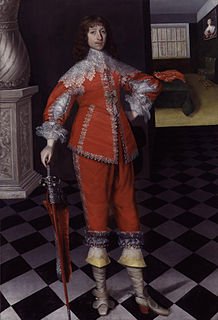 W
WBaron Belasyse was a title that was created twice in the Peerage of England. The first creation came on 27 January 1645 when the Honourable John Belasyse was made Baron Belasyse of Worlaby in the County of Lincoln. He was the second son of Thomas Belasyse, 1st Viscount Fauconberg, the younger brother of the Honourable Henry Belasyse and the uncle of Thomas Belasyse, 1st Earl Fauconberg. He was succeeded by his grandson, Henry, the second Baron, the son of Sir Henry Belasyse, who was killed in a duel in 1667. The title became extinct when the second Baron died childless in 1691.
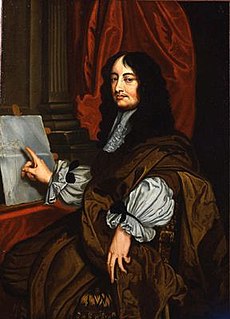 W
WViscount Brouncker, of Lyons in the Province of Leinster, was a title in the Peerage of Ireland. It was created on 12 September 1645 for the courtier Sir William Brouncker. He was made Baron Brouncker, of Newcastle in the Province of Munster, at the same time, also in the Peerage of Ireland. He was succeeded by his eldest son William, the second Viscount. William was a distinguished mathematician, who was the first President of the Royal Society and also held political office. He was unmarried and was succeeded by his younger brother Henry, the third Viscount. Henry served as Cofferer of the Household between 1680 and 1685, but was universally detested as being "false, hard and covetous". He was childless and the titles became extinct on his death in 1688.
 W
WViscount Brouncker, of Lyons in the Province of Leinster, was a title in the Peerage of Ireland. It was created on 12 September 1645 for the courtier Sir William Brouncker. He was made Baron Brouncker, of Newcastle in the Province of Munster, at the same time, also in the Peerage of Ireland. He was succeeded by his eldest son William, the second Viscount. William was a distinguished mathematician, who was the first President of the Royal Society and also held political office. He was unmarried and was succeeded by his younger brother Henry, the third Viscount. Henry served as Cofferer of the Household between 1680 and 1685, but was universally detested as being "false, hard and covetous". He was childless and the titles became extinct on his death in 1688.
 W
WThe title Baron Cobham has been created numerous times in the Peerage of England; often multiple creations have been extant simultaneously, especially in the fourteenth century.
 W
WDuke of Kingston-upon-Hull was a title in the Peerage of Great Britain, with the title Earl of Kingston-upon-Hull being a title in the Peerage of England. The Earldom was created on 25 July 1628 for Robert Pierrepont, 1st Viscount Newark. The Dukedom was created on 10 August 1715 for his great-grandson, Evelyn Pierrepont, 1st Marquess of Dorchester, who had succeeded as the fifth Earl of Kingston-upon-Hull in 1690. The Dukedom became extinct on the death of the second Duke in 1773. Unlike the city to which they refer, Kingston upon Hull, which is usually shortened to Hull, these titles are usually shortened to Duke of Kingston. They should not be confused with the separate Irish Earldom of Kingston.
 W
WCount of Fontanar is a hereditary title in the Peerage of Spain, granted in 1645 by Philip IV to Cristóbal Benavente, Ambassador in France, Venice and England.
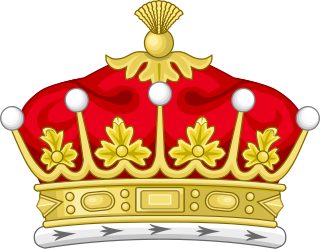 W
WEarl of Macclesfield is a title that has been created twice. The first creation came in the Peerage of England in 1679 in favour of the soldier and politician Charles Gerard, 1st Baron Gerard. He had already been created Baron Gerard, of Brandon in the County of Suffolk, in 1645, and was made Viscount Brandon, of Brandon in the County of Suffolk, at the same time as he was given the earldom. These titles are also in the Peerage of England. Lord Macclesfield was the great-grandson of the distinguished judge Sir Gilbert Gerard, Master of the Rolls from 1581 to 1594. He was succeeded by his eldest son, the second Earl. He was involved in the Rye House Plot of 1683, was sentenced to death but later pardoned by the King. On his death without legitimate issue in 1701 the titles passed to his younger brother, the third Earl. He had earlier represented Yarmouth, Lancaster and Lancashire in the House of Commons. When he died in 1702 the titles became extinct.
 W
WEarl of Lichfield is a title that has been created three times, twice in the Peerage of England and once in the Peerage of the United Kingdom (1831). The third creation is extant and is held by a member of the Anson family.
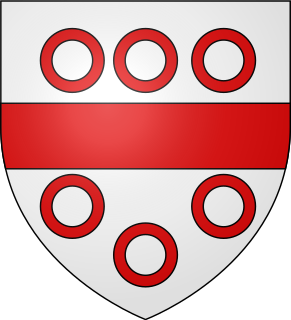 W
WBaron Lucas is a title that has been created twice in the Peerage of England. The second creation is extant and is currently held with the title Lord Dingwall in the Peerage of Scotland.
 W
WWilliam Ogle, 1st Viscount Ogle was an English soldier from Northumberland who settled in Hampshire and was Member of Parliament for Winchester from 1640 to 1643. He served in a number of wars and was Royalist governor of Winchester from 1643 to 1645.
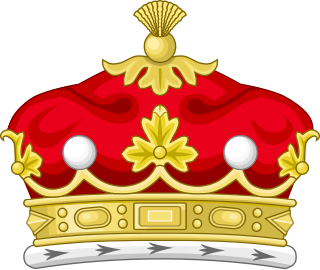 W
WMarquess of Rockingham, in the County of Northampton, was a title in the Peerage of Great Britain. It was created in 1746 for Thomas Watson-Wentworth, 1st Earl of Malton. The Watson family descended from Lewis Watson, Member of Parliament for Lincoln. He was created a Baronet, of Rockingham Castle in the County of Northampton, in the Baronetage of England in 1621. In 1645 he was further honoured when he was raised to the Peerage of England as Baron Rockingham. The third Baron served as Lord-Lieutenant of Kent. In 1714 he was created Baron Throwley, Viscount Sondes and Earl of Rockingham in the Peerage of Great Britain. His eldest son Edward Watson, Viscount Sondes, predeceased him and he was succeeded by his grandson, the second Earl. The second Earl was Lord-Lieutenant of Kent before his early death in 1745. He was childless and was succeeded by his younger brother, Thomas. He had previously represented Canterbury in Parliament.
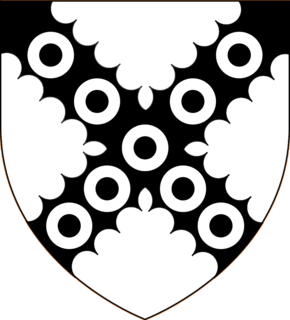 W
WEarl of Scarsdale was a title in the Peerage of England. It was created in 1645 for Francis Leke, 1st Baron Deincourt, an ardent supporter of Charles I during the Civil War. He had already been created a baronet, of Sutton in the County of Derby, in the Baronetage of England on 25 May 1611, and Baron Deincourt, of Sutton in the County of Derby, in the Peerage of England in 1628. His grandson, the third Earl, was a politician and courtier. In 1680, one year before he succeeded his father in the earldom, he was summoned to the House of Lords through a writ of acceleration as Baron Scarsdale. He was childless and was succeeded by his nephew, the fourth Earl. He was the son of the Honourable Richard Leke, younger son of the second Earl. He served as Lord Lieutenant of Derbyshire. He never married and the titles became extinct on his death in 1736.